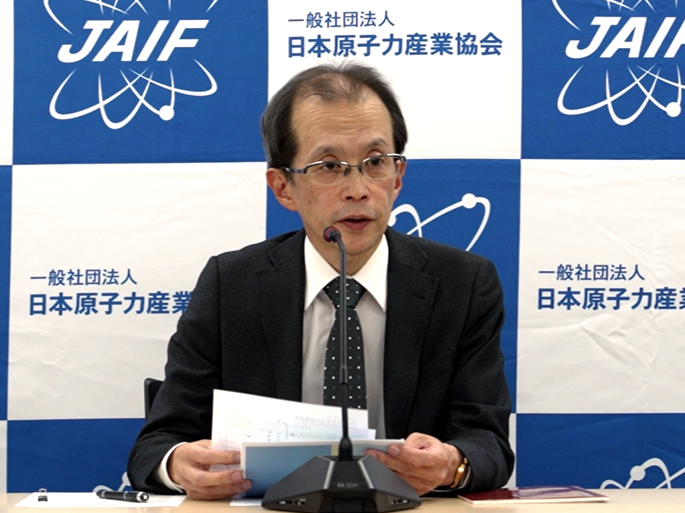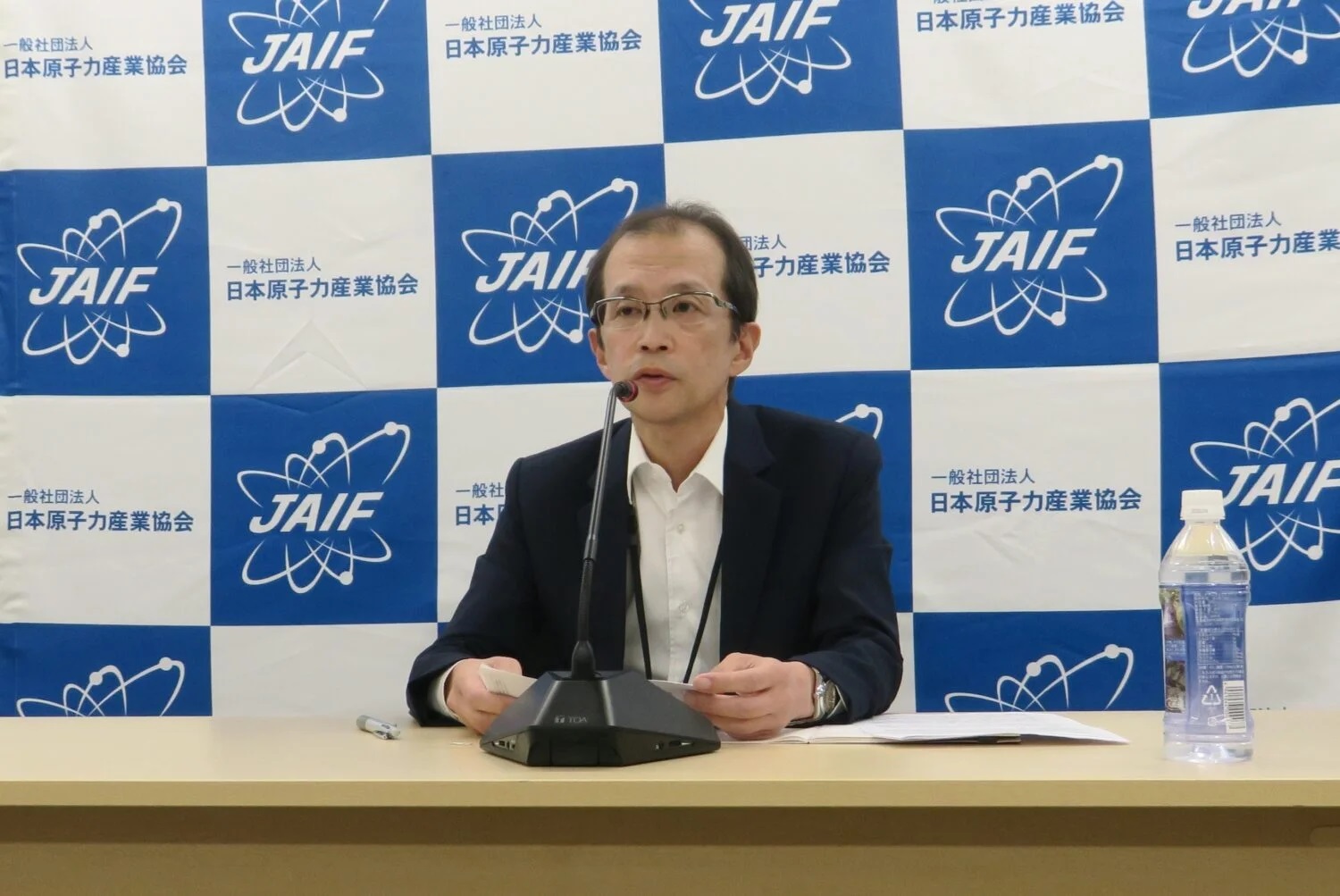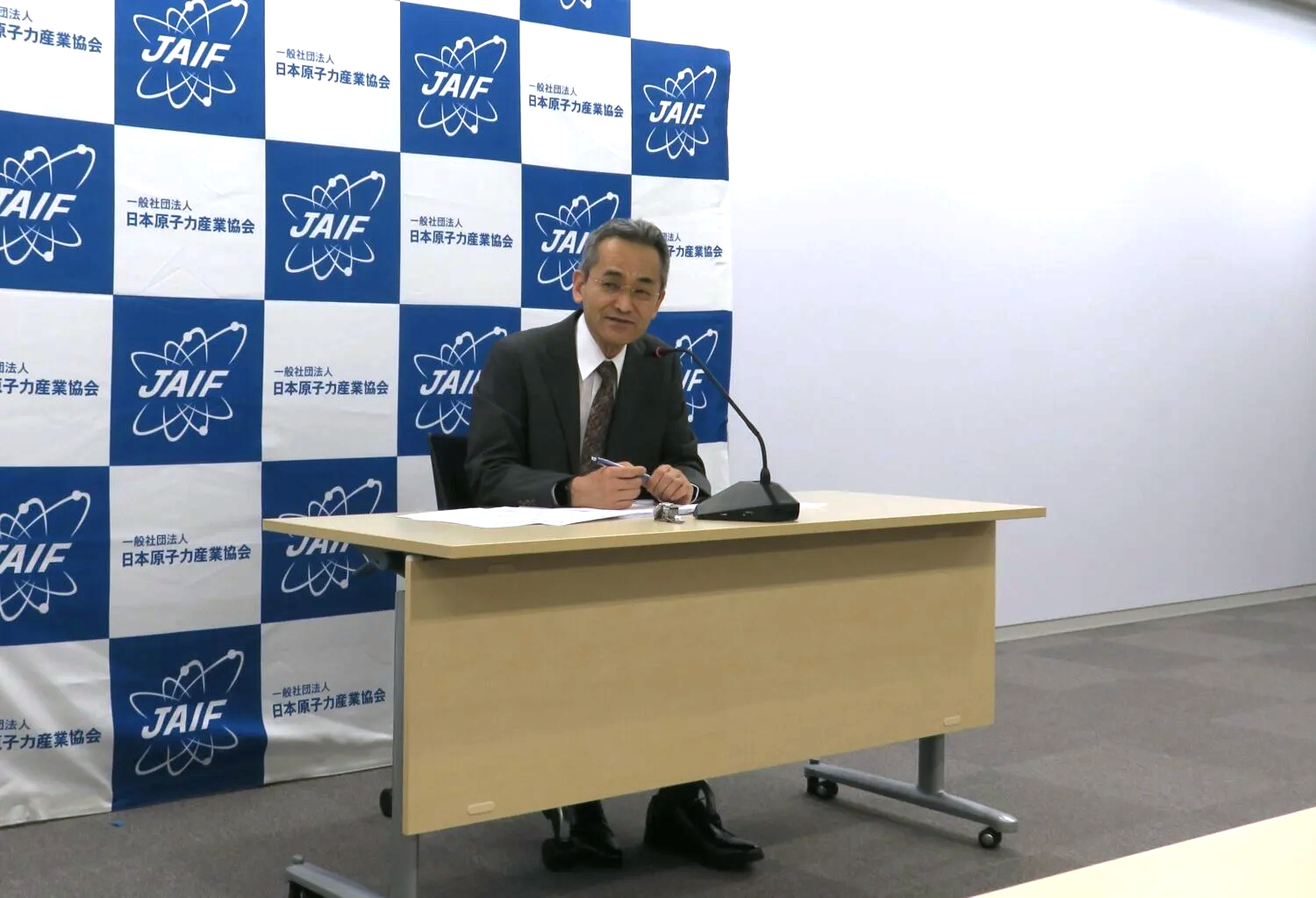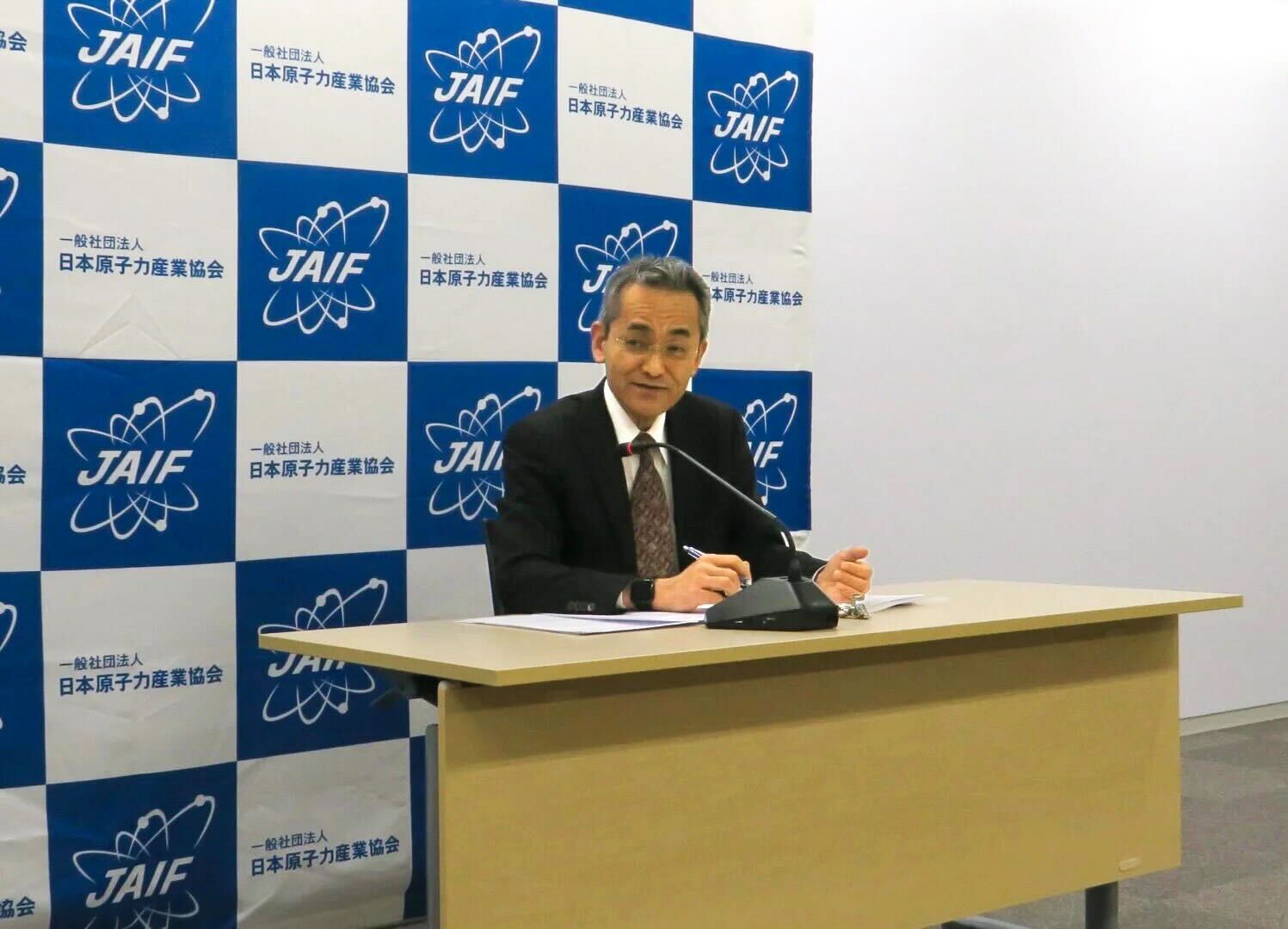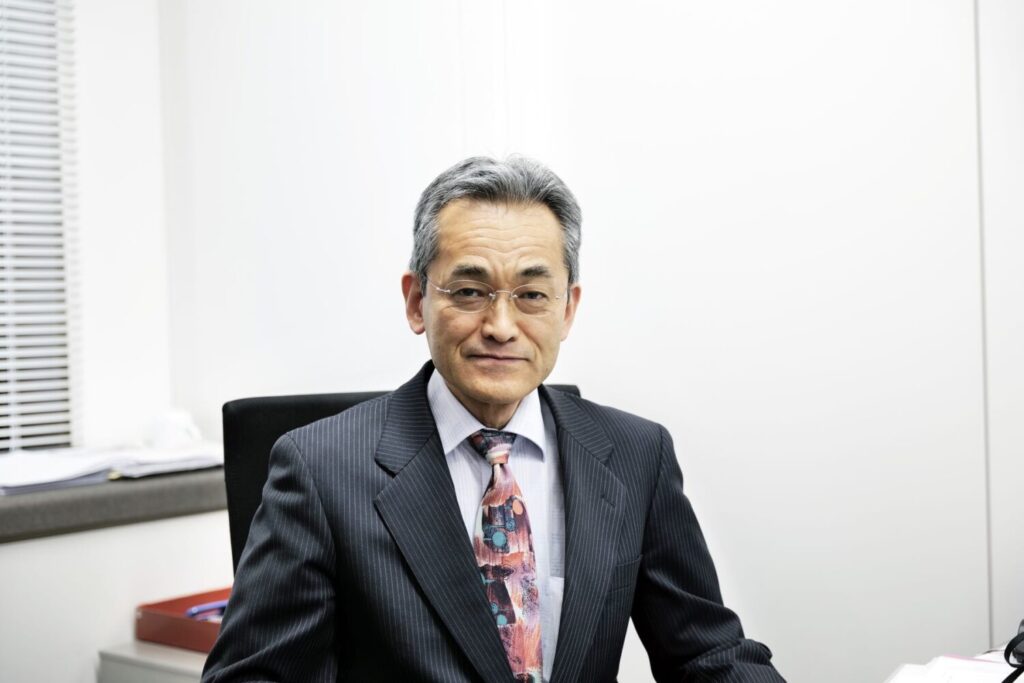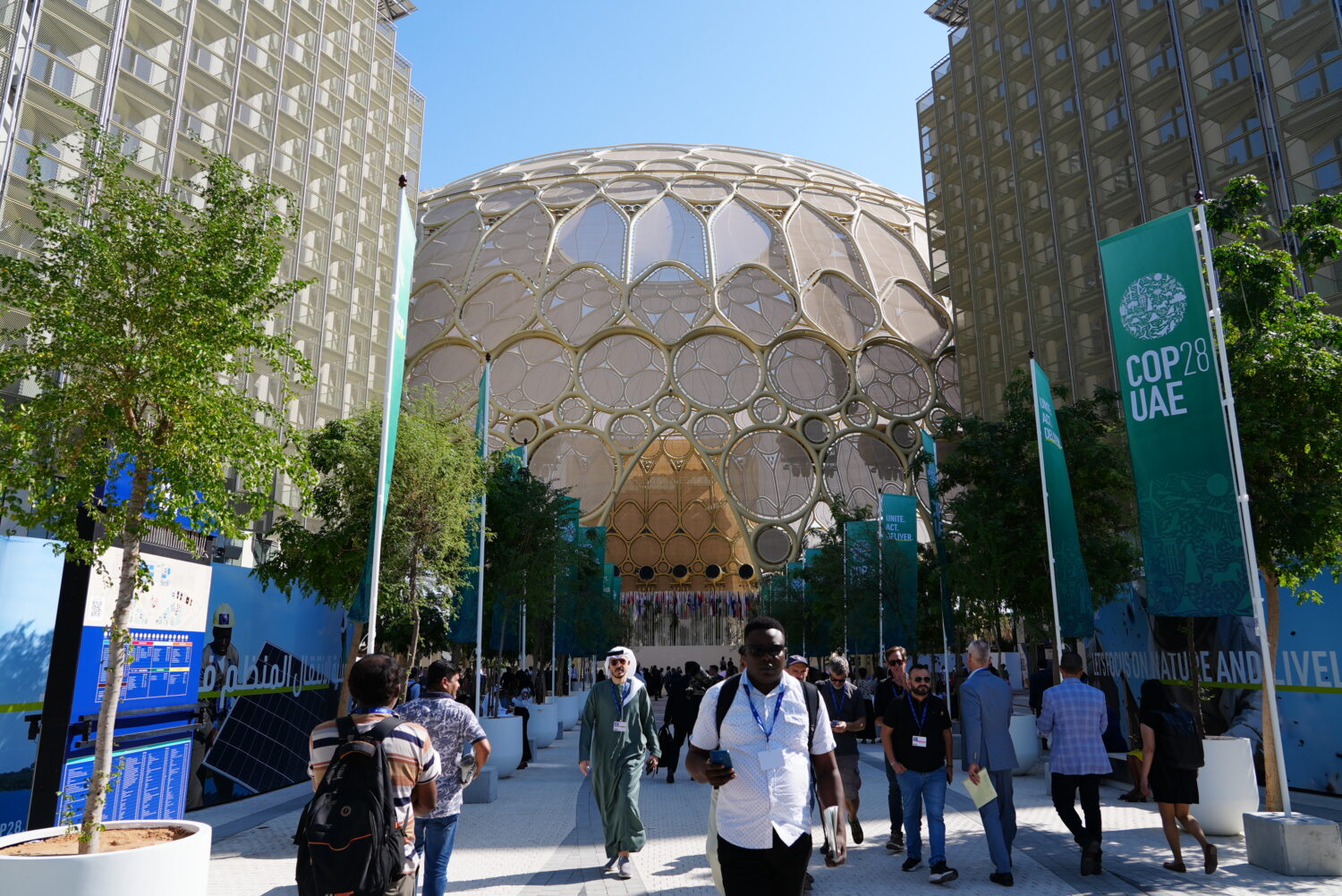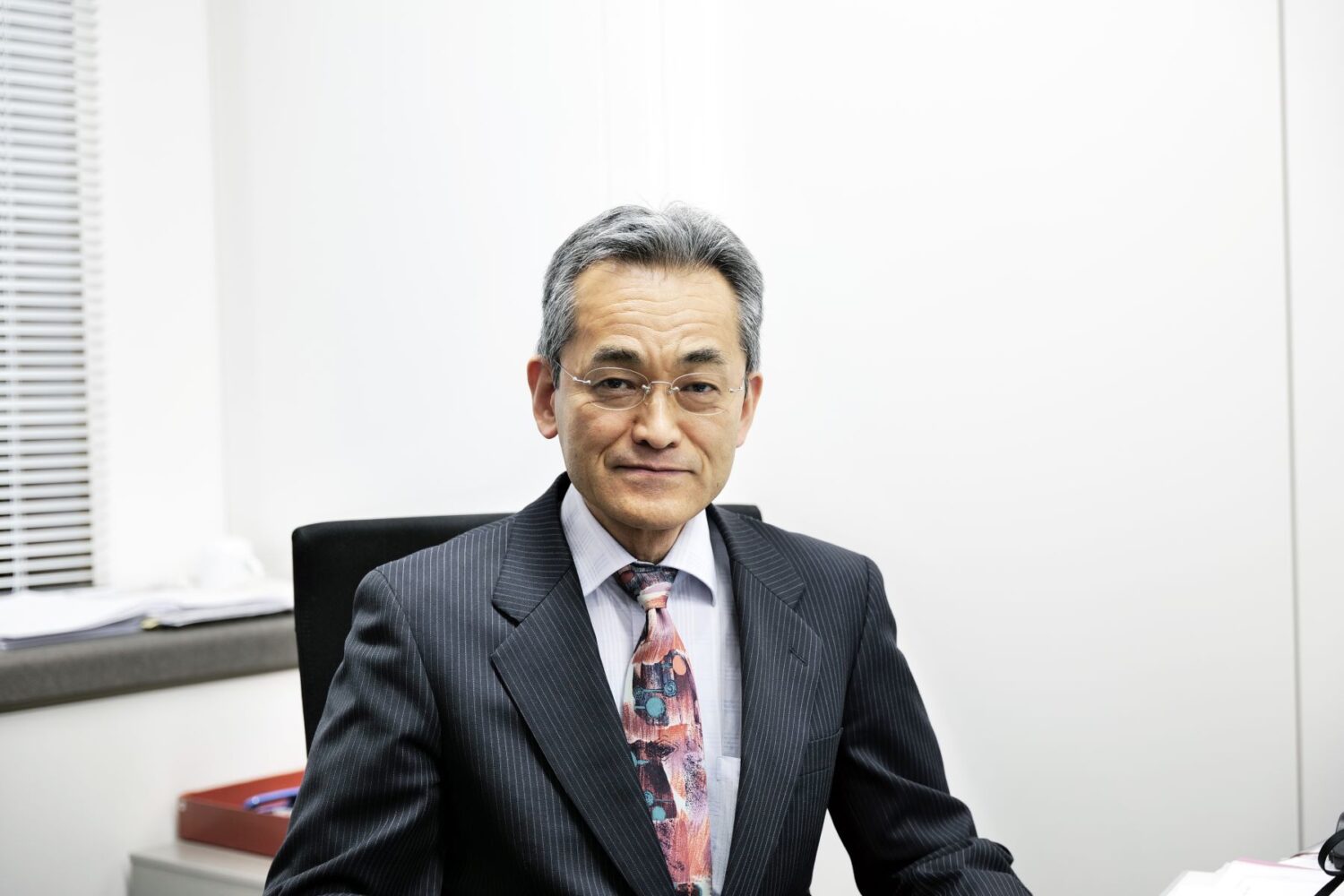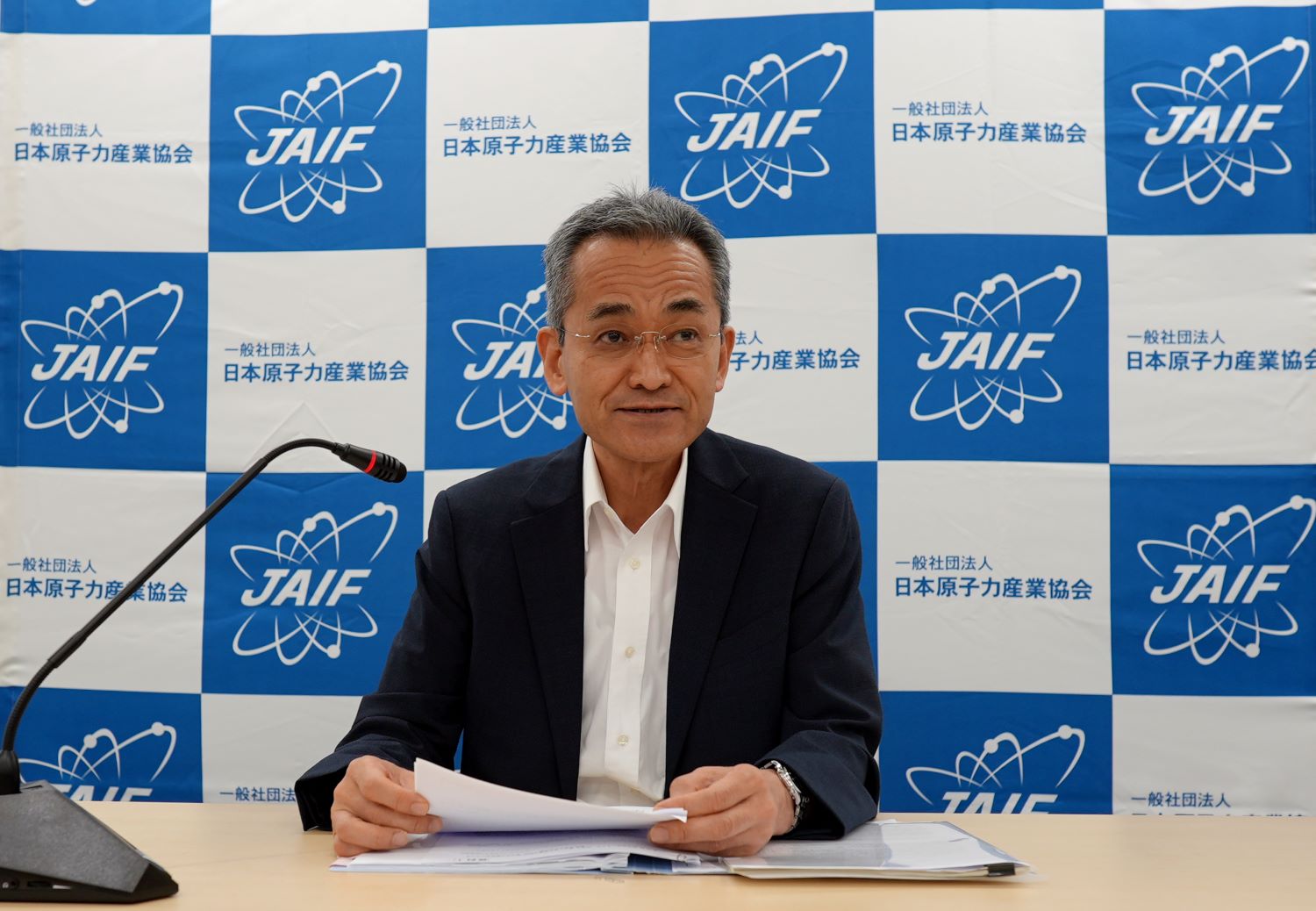The draft continues the important recognition demonstrated by previous plans that “nuclear power is an important base-load power source”—a low-carbon, quasi-domestic energy source—“contributing to the stability of the energy supply & demand structure in the long term, on the major premise of ensuring its safety.
In the recent plan, nuclear energy is expected to contribute to decarbonization in the energy system. In order to achieve carbon neutrality by the year 2050, nuclear energy will be utilized sustainably, on a “necessary scale,” with the major premise of its being safe, while efforts are made to obtain confidence from the public.
Nuclear energy is a reliable, established technology that is very robust in the context of supply stability, economic efficiency, and environmental sustainability. As shown in the Green Growth Strategy formulated by the Ministry of Economy, Trade and Industry (METI), nuclear energy is also an innovative technology that embraces fast reactors, small modular reactors (SMRs), high-temperature gas-cooled reactors (HTGRs), and nuclear fusion. Additional advances can certainly be expected in the future.
It is important that nuclear power be used to the maximum extent by improving reactor capacity factors and extending operating reactor lifetimes, while promoting the restart of existing nuclear power plants (NPPs), always keeping safety as the top priority. Anticipating the construction of new NPPs and replacements for older ones, it is also important to accelerate the development of innovative technologies and others useful for the reduction of CO2 emissions in areas other than power generation, including industry and transportation.
Japan’s nuclear industry will go back to its “starting point” based on a sincere reflection of the March 2011 accident at Fukushima Daiichi NPPs, and continue efforts to gain confidence from the public through unrelenting efforts at safety improvement and the accumulation of a solid record of safe operation.
With those thoughts, we, JAIF, have submitted the following opinion as part of the public comments being considered before the final issuance of the Sixth Strategic Energy Plan:
- In order to achieve the goal of carbon neutrality by 2050 while ensuring stable and inexpensive energy, nuclear energy—already an established technology—should be utilized to the maximum extent as a low-carbon power source on the major premise of its safety. There should not be mention of “reducing dependency on nuclear power as much as possible.”
- In order to make possible the scale necessary for nuclear power by 2050, and given the need to maintain and secure nuclear human resources, technology and industrial infrastructure, the government ought to clearly position the construction of new and replacement NPPs as a priority in national energy policy.
- To enable the necessary scale of nuclear energy to be “utilized sustainably” in a time of power market deregulation (liberalization), foreseeability will have to be improved for nuclear businesses. To that end, systems should be introduced similar to that of the Regulated Asset Base (RAB) model used in the U.K. and the approach to nuclear liability as seen in the U.S., among others.
- The draft does not mention decarbonization technology using nuclear heat in the industrial, business, household and transportation sectors. The development of high-temperature gas-cooled technology, including heat supply and hydrogen production, is a promising option. In pursuit of the goal of carbon neutrality by 2050, that option should be included in the section of “Activities Expected for Industry, Business, Household and Transportation Sectors” and dealt with comprehensively.
Shiro Arai, President, JAIF



